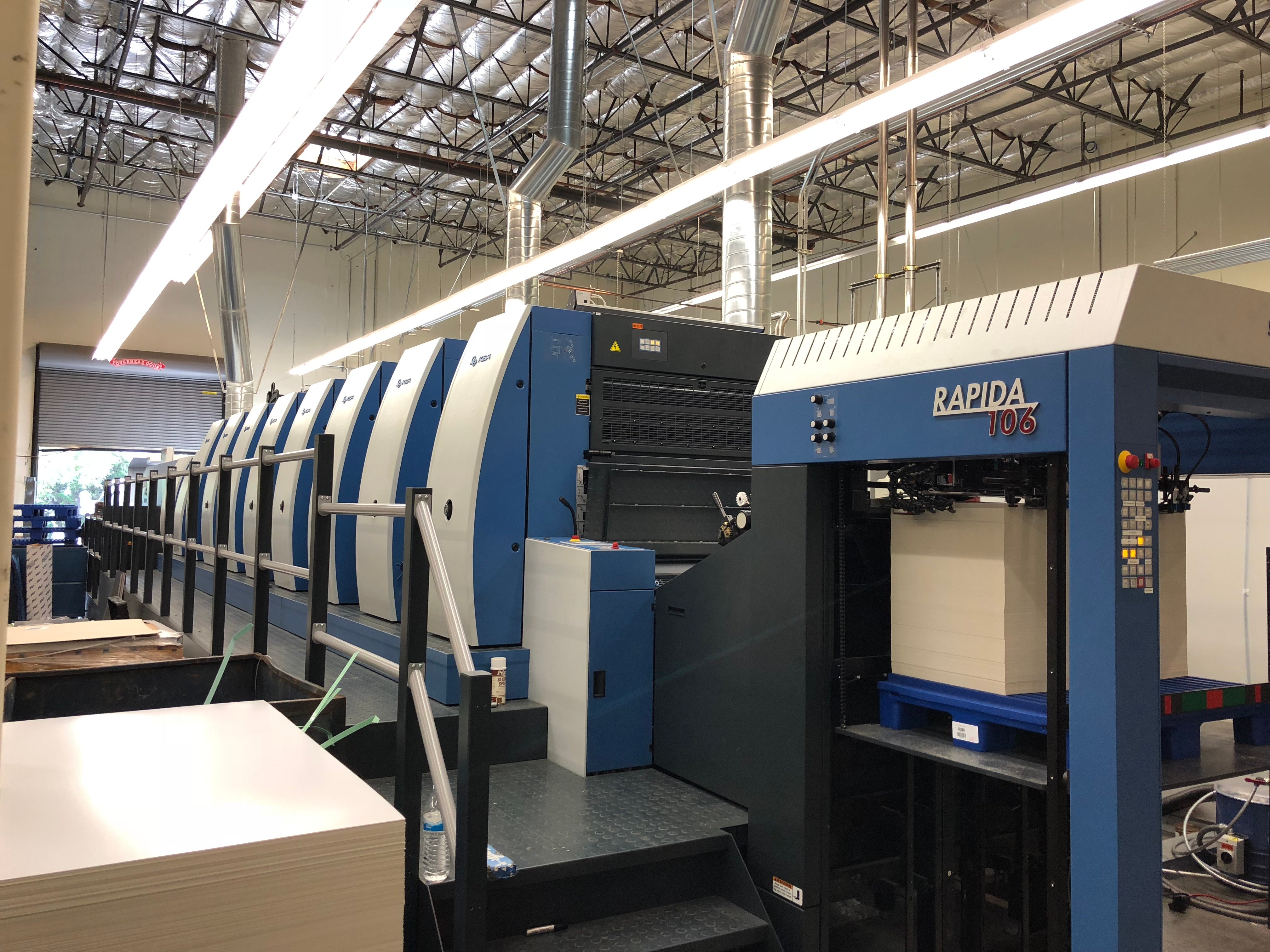Eco-Friendly and Environmentally-Conscious Options in litho printing
Eco-Friendly and Environmentally-Conscious Options in litho printing
Blog Article
A Comprehensive Overview to Understanding Litho Printing Strategies
The globe of litho printing, a strategy originating from the late 18th century, is a fascinating mix of background, scientific research, innovation and art. Remain with us as we journey right into the exciting world of litho printing.
The Historical Advancement of Litho Printing
The historic trajectory of litho printing, a crucial advancement in the world of communication, is a fascinating tale of human ingenuity. The procedure advanced with the advent of the rotary press, which significantly raised productivity. Each stage of litho printing's evolution showcases humankind's unrelenting search of efficiency and top quality in aesthetic interaction.
Deciphering the Science Behind Litho Printing Inks
Progressing in the expedition of litho printing strategies, the focus now changes to the science behind litho printing inks. The composition of these inks, their drying out procedure, and color mixing techniques create the backbone of this complicated art kind. Recognizing these elements is vital to mastering the craft and accomplishing the wanted print outcomes.
Structure of Litho Inks
In lithographic printing, the essential role of litho inks can not be overemphasized. Pigments, the color-providing elements, are carefully ground particles put on hold in the vehicle, a liquid that brings the pigment onto the printing surface area. Each component plays a vital part in the last print's high quality, making the specific formulation of litho inks an elaborate scientific research.
Ink Drying Refine
From the composition of litho inks, focus transforms to the interesting process of ink drying. The drying out procedure is essential, as it affects the final print's top quality and long life. Two main methods are made use of in litho printing: oxidative drying and absorption. Oxidative drying out entails the ink reacting with oxygen airborne to develop a tough, completely dry movie. This approach supplies a sturdy surface, but can be slower compared to absorption. Absorption, on the other hand, involves the ink leaking into the paper fibers, which is a quicker process but can result in less lively colors. The choice in between these techniques depends on factors such as print speed demands, the paper kind utilized, and the preferred finish.
Color Mixing Strategies
While the drying procedure plays an essential function in litho printing, the science of color mixing techniques holds equivalent relevance. The science behind litho printing inks also takes right into account the openness of the ink, which impacts how colors overlay and mix.
The Art and Design Aspects in Litho Printing
Litho printing breathes life right into art and layout with its unique aspects. Litho printing suits a variety of shades, making it possible for artists to develop vibrant and vibrant prints. This combination of accuracy and adaptability makes litho printing a recommended selection for several artists and developers.
Modern Applications of Litho Printing Methods
Litho printing strategies have found extensive usage in the modern business sector. Its impact and importance remain to grow with the arrival of new innovations and innovations in the field. This area will discover these modern applications and the transformative function they play in the printing More about the author industry.
Industrial Litho Printing Utilizes
In today's electronic age, one might question the relevance of conventional printing techniques. Yet, litho printing continues to be an essential part of the commercial industry. High-volume printing tasks, such as the production of books, newspapers, and packaging, depend on litho printing for its capability to provide remarkable image high quality and cost efficiency. The process, which entails moving a tattooed image from a plate onto a rubber blanket and then to the printing surface, uses unequaled uniformity. This makes it optimal for work calling for a large print run. Litho printing additionally gives a broad color spectrum, above that of electronic printing. This makes it the best choice for tasks that require vivid, top quality shade reproduction.
Developments in Litho Printing
Pushing the boundaries of typical strategies, contemporary improvements have actually sustained a host of advancements in litho printing. These innovations have not just boosted the top quality and efficiency of litho prints but additionally expanded its application scope. One famous advancement is electronic litho printing, which incorporates the merits of electronic technology with litho's top notch output. This hybrid design uses faster setup times, lowered waste, and enables on-demand printing. One more notable advancement is the introduction of eco-friendly inks. These inks, made from veggie or soy-based options, have significantly lowered the market's ecological effect. litho printing. Furthermore, the development of innovative plate innovation has structured the printing procedure, causing sharper pictures and boosted shade integrity. These advancements underscore the long-lasting importance of litho printing in the contemporary globe.
Checking out the Refine of Litho Printing: Detailed

Obstacles and Solutions in Contemporary Litho Printing

In spite of the accuracy and tradition that litho printing proudly promotes, it is not without its collection of modern obstacles. Digital litho printing permits for economical brief runs and simple personalization, attending to the concern of variable data. Therefore, while there are challenges, the litho printing industry is proactively adapting to satisfy them head-on, guaranteeing its relevance in the future.
Verdict
In final thought, litho printing, with its abundant background and clinical details, holds a substantial location in the print market. As the guide reveals, it's a synthesis you can check here of art and modern technology, with contemporary developments ensuring its relevance. The industry encounters difficulties that call for ingenious solutions, with an emphasis on automation and sustainability. The future of litho printing hinges on its capability to adapt to these transforming demands, verifying its enduring value in a progressing market.

Report this page